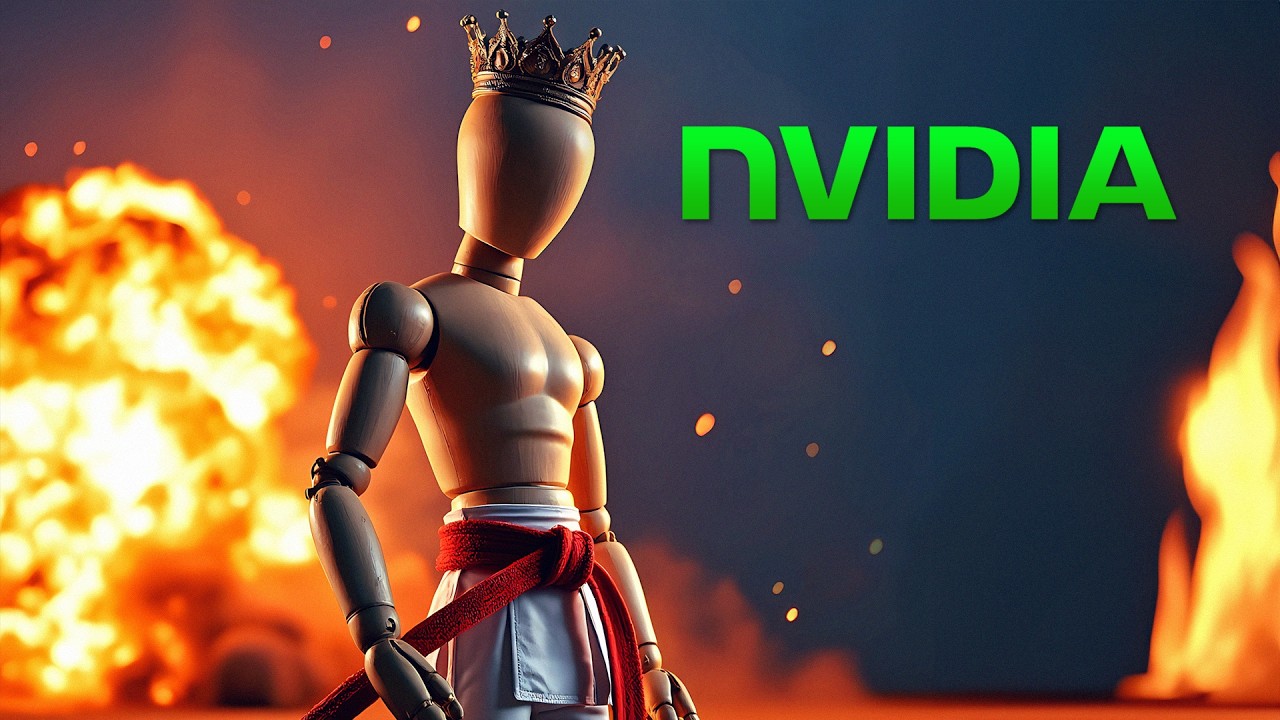The video showcases NVIDIA’s new AI, featuring a virtual character that perceives itself as a king and demonstrates advanced animation capabilities, including locomotion and adaptability to various terrains. It highlights the AI’s innovative “text to motion” and “text to 3D” technologies, allowing users to generate realistic animations and immersive environments from text prompts and images, while encouraging creativity and exploration in virtual spaces.
The video introduces a new AI developed by NVIDIA, which features a virtual character that believes it is a king. This character is capable of performing a variety of actions, showcasing its advanced animation abilities. The narrator humorously warns viewers against asking the AI to perform risky stunts, like a cartwheel down the stairs, hinting at the potential for mishaps. The video highlights the AI’s capabilities in locomotion and its ability to adapt to different terrains, demonstrating its versatility in movement.
The AI’s training allows it to perform a wide range of motions, including walking, sitting, and even dancing. The narrator notes that while the AI can handle various tasks, its performance can be quirky, such as its somewhat unsteady movements on gravel. Despite these quirks, the AI’s balance and agility are impressive, and the narrator playfully acknowledges the character’s self-perception as a king, suggesting that it might be best not to challenge its authority.
A significant feature of this new AI is its ability to generate motion from text prompts, referred to as “text to motion.” This capability allows users to describe desired actions, which the AI then executes. The video draws a parallel to text-to-image technologies, explaining that the AI starts with noise and refines it to create 3D models. This denoising process is crucial for generating realistic animations and environments, showcasing the AI’s advanced capabilities in computer graphics.
The video further explores the concept of “text to 3D,” where users can input images and generate 3D worlds in real-time. This technology allows for the creation of diverse environments, whether based on real locations, artistic styles, or even game-like settings. The narrator encourages viewers to experiment with this technology, emphasizing its potential for creativity and exploration in virtual spaces.
In conclusion, the narrator expresses excitement about the future of AI and its applications in creating interactive worlds and characters. While acknowledging that these technologies are still in the research phase and not yet perfect, the potential for innovation is immense. The video invites viewers to share their thoughts on how they would use these advancements, highlighting the transformative possibilities of AI in gaming and virtual experiences.
